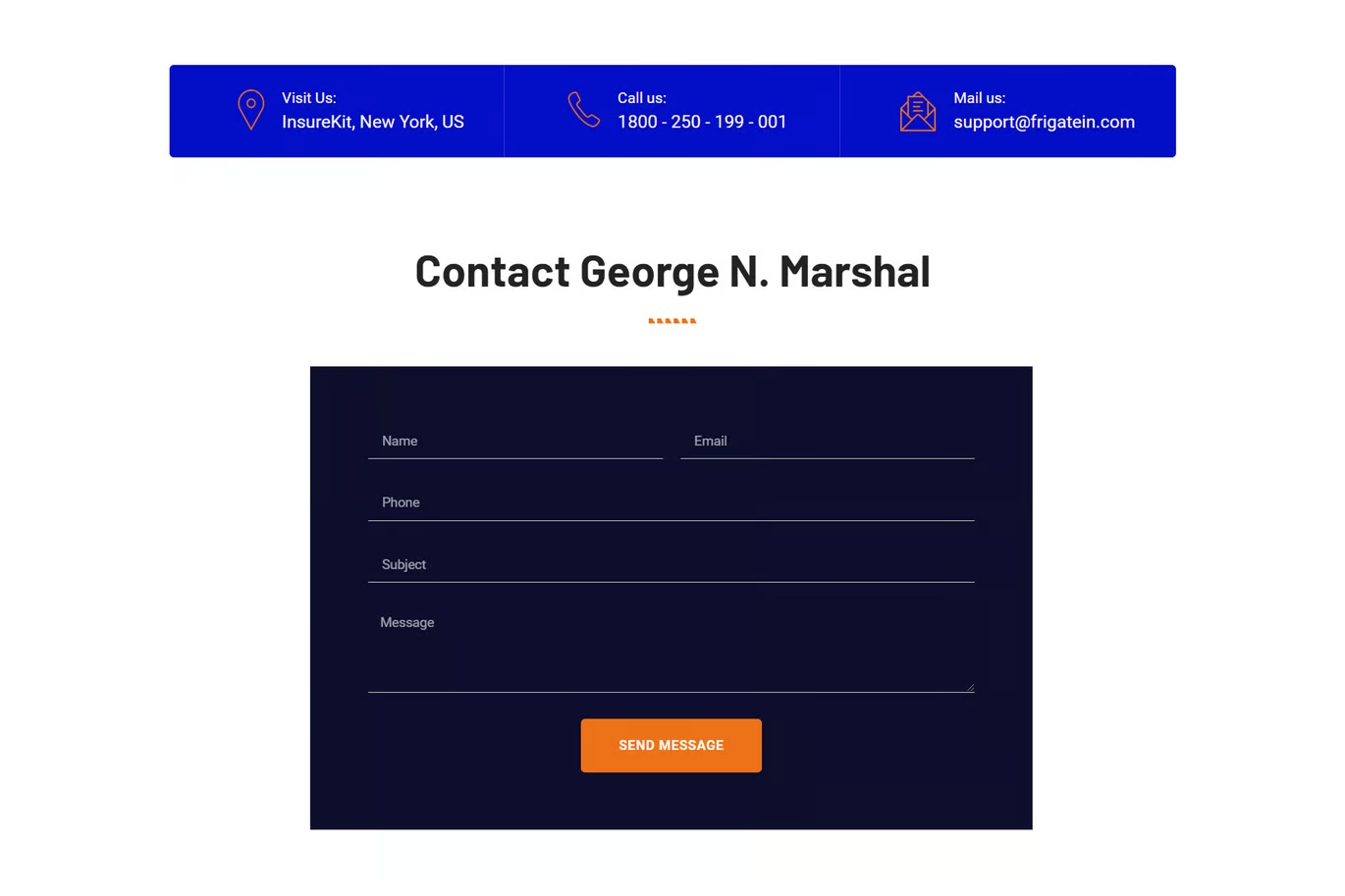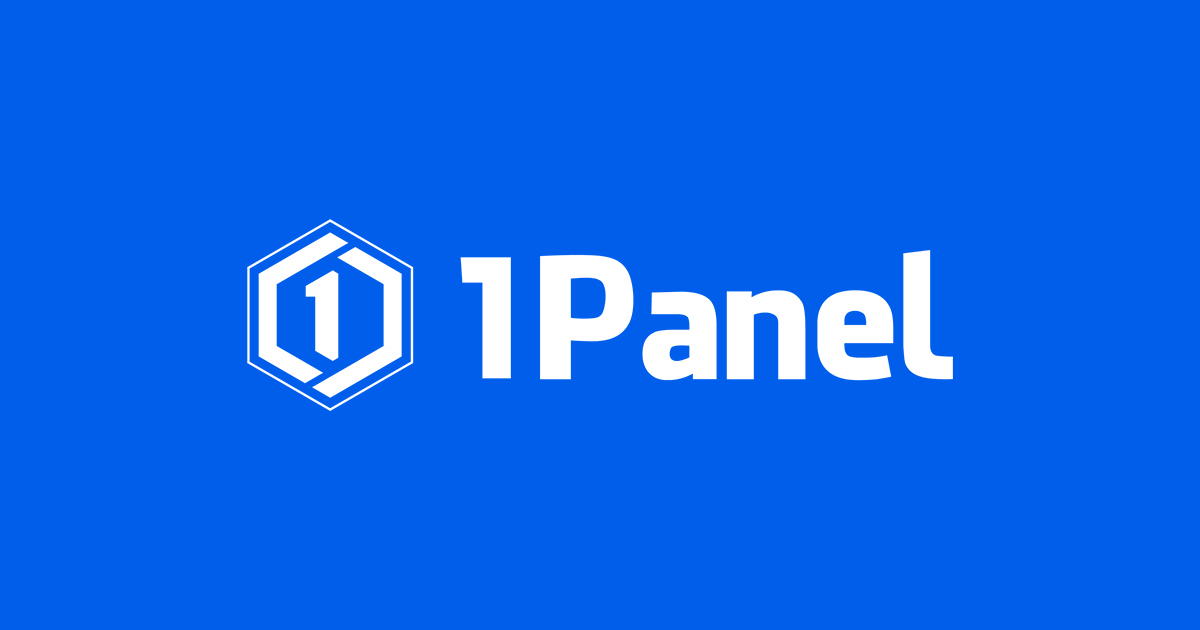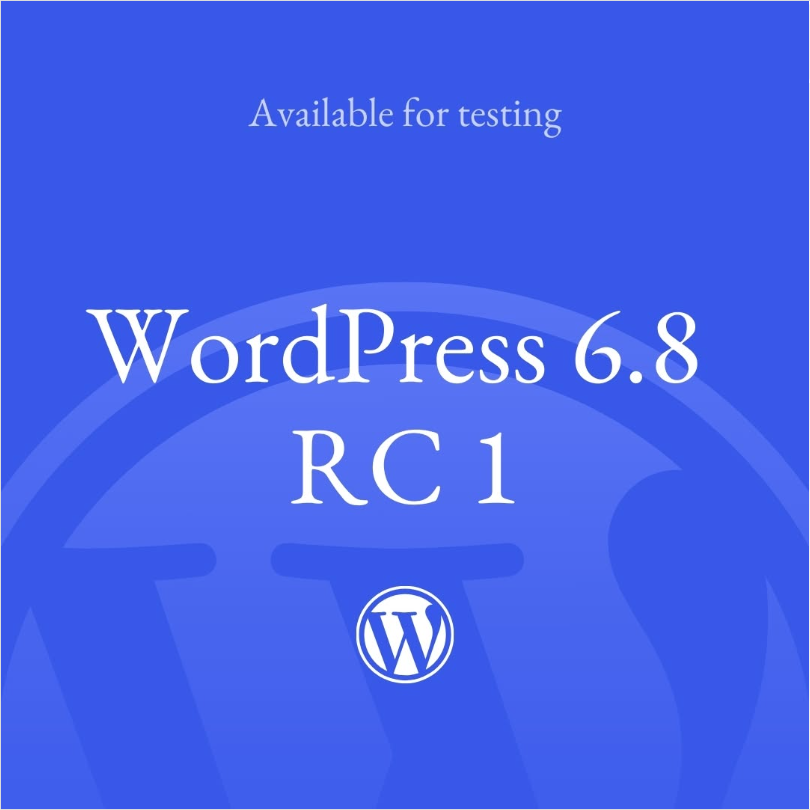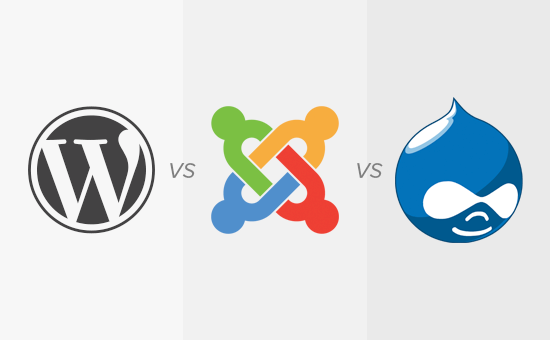In the competitive environment of cross-border e-commerce and independent sites, theSite Speed Load speed is one of the key factors affecting user experience and SEO ranking. For e-commerce websites built with WooCommerce, the loading speed not only affects the search engine's evaluation of the website, but also directly determines the user's shopping experience and conversion rate.
![Image [1] - WooCommerce Site Speed Guide: Boosting Speed to Help SEO Rankings](http://gqxi.cn/wp-content/uploads/2025/09/20250901174101960-image.png)
First, why site speed determines SEO ranking?
Search Engine Ranking Factors
Google made it clear in its algorithm update:Core Web Vitals(Core network indicators) directly affects search rankings. The loading speed, interaction latency and visual stability of the site are all factored into the evaluation criteria.- LCP (Largest Contentful Paint) Maximum Content Rendering Time
- FID (First Input Delay)
- CLS (Cumulative Layout Shift)
User Experience and Bounce Rate - Page loads over 3 seconds.The user who exceeds 50% may choose to leave.
- Mobile users are especially sensitive, and shopping cart abandonment rates are significantly higher if the page is slow.
Conversion Rate & Sales - Amazon has gone on record as saying that for every 100ms delay, sales could drop by 1%.
- WooCommerce Store Speed Optimization to directly improve order conversion.
![Image [2] - WooCommerce Site Speed Guide: Boosting Speed to Help SEO Rankings](http://gqxi.cn/wp-content/uploads/2025/09/20250901174007103-image.png)
II. Major Factors Affecting the Speed of WooCommerce
- Hosting and server environments
- Shared hosting is often unable to support high-traffic sites, and is recommended for VPS or Dedicated ServerThe
- opens HTTP/2, PHP 8.1+, Nginx/Apache optimizationIt is also a significant improvement in responsiveness.
- Themes & Plugins
- Some bloated themes come with a lot of useless JS/CSS that affects speed.
- Too many or low quality plugins can slow down site performance.
- Pictures and multimedia files
- Oversized and uncompressed product images are common speed killers for e-commerce sites.
- Database and Caching
- WooCommerce datasheets are complex and can be slow to respond if not cleaned regularly.
- CDN and Geolocation
- Users who are too far away from the server will experience a significant drop in access speed.
![Image [3] - WooCommerce Site Speed Guide: Boosting Speed to Help SEO Rankings](http://gqxi.cn/wp-content/uploads/2025/09/20250901174303291-image.png)
Practical Methods for WooCommerce Speed Optimization
1. Hosting and Architecture Optimization
- option High Performance Hosting(Recommended) Cloudways,SiteGround,Kinsta (and other hosts optimized for WooCommerce).
- utilization SSD Storage Replaces traditional HDDs for faster read and write speeds.
- configure Server-side caching(Varnish,Redis,OPcache).
2. Caching and CDNs
- Install the cache plugin:
- WP Rocket(Recommended, supports WooCommerce compatibility)
- W3 Total Cache maybe LiteSpeed Cache
- Use global CDNs (Cloudflare, BunnyCDN, Akamai) to accelerate image and static file loading.
![Image [4] - WooCommerce Site Speed Guide: Boosting Speed to Help SEO Rankings](http://gqxi.cn/wp-content/uploads/2025/09/20250901174508796-image.png)
3. Image and File Optimization
- utilization WebP format Replaces JPG/PNG and reduces 30%-50% file size.
- Lazy Load to avoid loading all product images at once.
- Plugin recommendations: Imagify, Smush, ShortPixel.
4. Database Optimization
- Regularly clean up WooCommerce draft orders, shopping cart residual data.
- Using plug-ins WP-Optimize Clean up the database.
- Optimize MySQL indexes to reduce query latency.
![Image [5] - WooCommerce Site Speed Guide: Boosting Speed to Help SEO Rankings](http://gqxi.cn/wp-content/uploads/2025/09/20250901174641863-image.png)
5. Streamlining Code and Plugins
- Disable unnecessary WooCommerce scripting (e.g. disable checkout pages from loading JS on non-shopping pages).
- Merge and compress CSS/JS files to reduce HTTP requests.
- Avoid using too many marketing plugins and recommend using lightweight integration tools.
6. Mobile and front-end optimization
- adoption Responsive Lightweight Theme(e.g. Astra(GeneratePress, Blocksy).
- Mobile prioritizes loading of key content to reduce first screen rendering time.
![Image [6] - WooCommerce Site Speed Guide: Boosting Speed to Help SEO Rankings](http://gqxi.cn/wp-content/uploads/2025/09/20250901174745284-image.png)
7. Core Web Vitals Optimization
- pass (a bill or inspection etc) Delayed Loading JS Reduce FID.
- Ensure that the image and ad space size are fixed to reduce CLS.
- Use server-side rendering (SSR) or static caching to reduce LCP.
Fourth, site speed and SEO rankings are directly related to the
- Improving Crawl Efficiency (Crawl Budget)
- Fast loading pages are more likely to be indexed by search engines.
- Googlebot prioritizes the allocation of more crawling resources to efficient sites.
- Reduce bounce rate and increase dwell time
- Website is responsive → users are willing to view more pages → better SEO signals.
- E-commerce-specific advantages
- Fast loading product detail pages and category pages are more likely to rank at the top.
- Compared to competitors, fast-loading websites are more likely to win the favor of users and search engines.
![Image [7] - WooCommerce Site Speed Guide: Boosting Speed to Help SEO Rankings](http://gqxi.cn/wp-content/uploads/2025/09/20250901174924686-image.png)
V. Practical optimization cases (reference ideas)
- pre-optimization: Site home page loads in 6 seconds and has a mobile rating of 45 (Google PageSpeed).
- Optimization measures: Switch hosting + Enable CDN + Image compression + Use WP Rocket cache.
- post-optimization: Site home page loads in 2.2 seconds, mobile rating of 85, conversion rate increase of 18%.
VI. Long-term strategy for speeding up WooCommerce sites
- Regular speed checks (tools: Google PageSpeed, GTmetrix, Pingdom).
- combining SEO and Speed Optimization, while improving rankings and user experience.
- Constant iteration: removing redundant plugins, upgrading PHP, and adopting the latest front-end technologies.
- build up Technical Operations Habits, keeping the database and server stable.
![Image [8] - WooCommerce Site Speed Guide: Boosting Speed to Help SEO Rankings](http://gqxi.cn/wp-content/uploads/2025/09/20250901175009329-image.png)
reach a verdict
WooCommerce, as a powerful e-commerce platform, puts higher demands on server performance and front-end optimization along with flexibility.Speed optimization is not only the key to SEO ranking, but also an inevitable choice to improve conversion rate and reduce bounce rateThe
Hosting optimization, caching and CDN, image compression, database cleanup, code streamlining, and other measures can dramatically improve the loading speed of your WooCommerce site, which in turn helps SEO rankings and sales growth.
Link to this article:http://gqxi.cn/en/75575The article is copyrighted and must be reproduced with attribution.




















![Emoji[chi]-Photonflux.com | Professional WordPress repair service, worldwide, rapid response](http://gqxi.cn/wp-content/themes/zibll/img/smilies/chi.gif)
![Emoji[xigua]-Photonflux.com | Professional WordPress Repair Service, Worldwide, Fast Response](http://gqxi.cn/wp-content/themes/zibll/img/smilies/xigua.gif) [Images]
[Images]







No comments